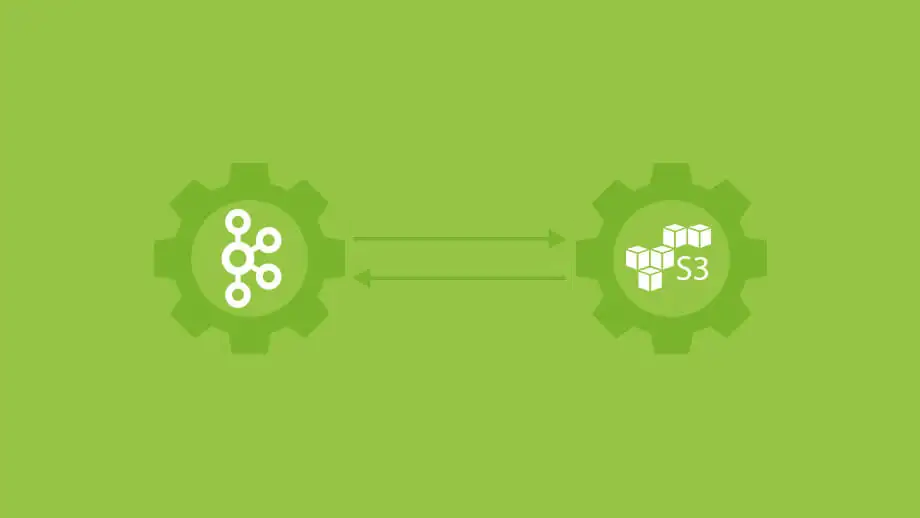
It hasn't been that long since my last cheat sheet was published and this is the day for the new one. This time I got a task to find a solution for backing up Kafka to S3 bucket, following the terms:

It hasn't been that long since my last cheat sheet was published and this is the day for the new one. This time I got a task to find a solution for backing up Kafka to S3 bucket, following the terms:

I'm Alex Movergan, DevOps team lead at Altenar. I focus on automation in general and on improving troubleshooting skills within my team. In this article, I'll share a captivating tale that revolves around Kubernetes, validation webhooks, kubespray, and Calico.
Join me on this DevOps journey as we explore real-world scenarios unraveling the intricacies of troubleshooting in a Kubernetes environment.

This article aims at explaining the mathematical sense of the Principal Component Analysis (PCA) in practice.

In my previous article, I showed you how to deploy your project to Firebase and use it for free. Now, let’s explore additional benefits of Firebase. In the upcoming article, I will show you how to set up a custom domain name for your project and utilize a free SSL certificate from Firebase.
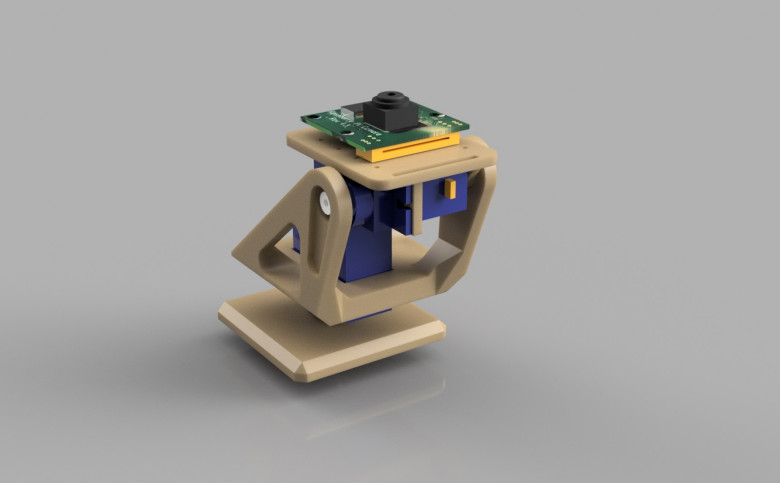
Brief problem formulation
The program accepts as input the absolute path to the image in the bmp extension and the path where you save the result of the work. Then, it rotates the image by 90 degrees counterclockwise. Afterwards, the program saves the new image.
The program is executed on C.
Explaining main algorithm.
For a while I’ve been thinking of writing a scientific article. I wanted it to have certain utility.
Morse code is binary: it takes only two values – either dot (short) or hyphen (long). I figured out that short (s) can stand for two-eye blinking whilst long (l) can indicate left-eye blinking. Another question emerged: how to understand when does one-symbol recording stop?
Empty space between two symbols can be presented by right-eye blinking – r. If I input singly symbol of short (dot) and long (hyphen), I will blink my right eye once to indicate the space between two symbols.
To separate independent words, one has to blink her right eye twice and get rr.
Hence, I have collected an ordered set of symbols – r, l, s, - that can be converted into a full-fledged text. Once I accomplish the transformation, I get an answer.

Task: To provide automation for transfer of large number of files.
Source - computer with autotest codebase.
Receiver - gateway for industrial data processing.
Test receiver - second PC with installed vsftpd service.

The most important stage in the data science process is feature engineering, which entails turning raw data into useful features that might enhance the performance of machine learning models. It calls for creativity, data-driven thinking, and domain expertise. Data scientists can improve the prediction capability of their models and find hidden patterns in the data by choosing, combining, and inventing relevant features. Handling missing data, scaling features, encoding categorical variables, constructing interaction terms, and other procedures are examples of feature engineering techniques. The best practises involve investigating the data, testing and improving features iteratively, and applying domain knowledge to draw out important information. The accuracy and effectiveness of machine learning models are significantly influenced by effective feature engineering.
How do people usually write a server if they don't really care about performance? A program starts, then starts accepting incoming connections from clients and starts a new thread for each client, which is engaged in servicing this client. If you use framework, like Spring or Flask or Poco there, then it does something like this inside itself - the only difference is the threads can be reused, that is, taken from a certain pool. It's all quite convenient, but not too effective (and Spring is bad). Most likely, your threads serving clients do not live long and most of the time they are waiting either to receive data from the client or to send it to the client - that is, they are waiting for some system calls to return. Creating an OS thread is quite an expensive operation, as is context switching between OS threads. If you want to be able to serve a lot of customers efficiently, you need to come up with something else. For example, callbacks, but they are pretty inconvenient (though there are different opinions on this).
Another option is to use non-blocking I/O in combination with some kind of implementation of user-space threads (fibers). In this article I will show you how to write all this with your own hands.

As a product owner, it is common to face the question of whether to proceed with option A or option B. Or, which version of the screen should be implemented to achieve better results? Making such decisions can be challenging, especially when you are under tight deadlines with limited resources. Furthermore, such decisions are made based on personal judgment or copying the approach of a competitor, which can lead to suboptimal results.
The good news is that one can avoid such pitfalls by setting up a simple experiment environment that requires relatively low effort. In this article, we will describe how you can achieve this.
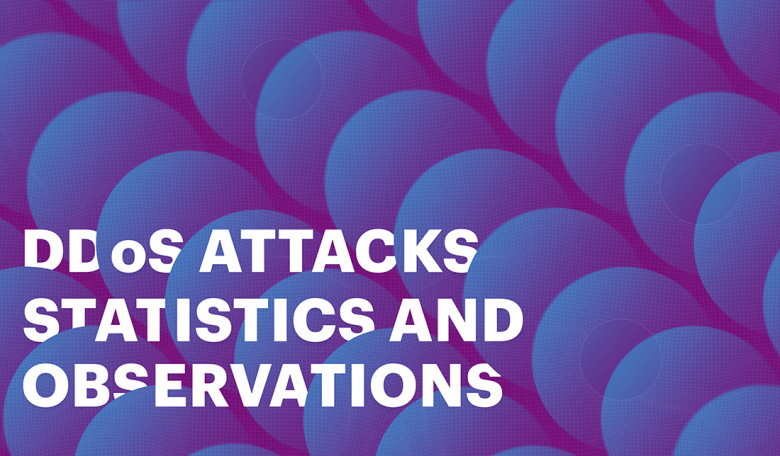
Let's take a deeper look at the Q1 2023 DDoS attacks mitigation statistics and observations from Qrator Labs' perspective.
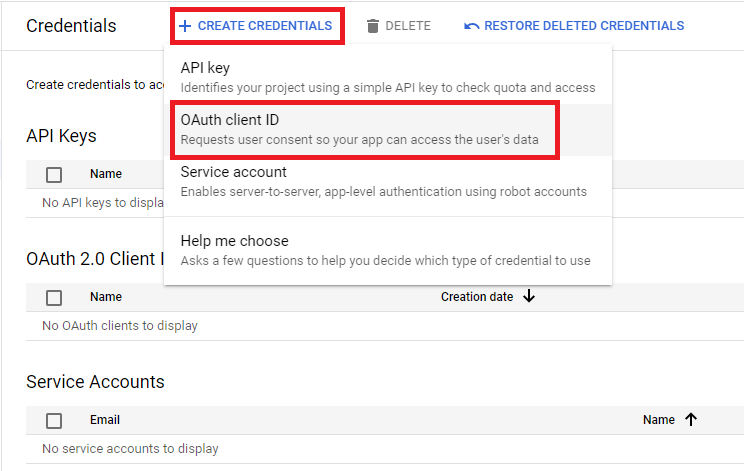
As many times before, I keep writing cheat sheets after the tasks which made me search a lot and glue things together before I found a solution. Long story short, this time I was asked to set up Google SSO for Kibana without switching from a basic license to a paid one. Kibana, by the moment, already had authentication set up and the customer wanted to log in there with the use of Google Workspace user accounts. Along with that, the customer wanted to keep user account which was already there, in Kibana. There was no need for role mapping or other advanced features, just plain SSO and that's all. As you probably know Elastic provides SSO feature only on paid license, so I have had no other way to get it working except for using 3rd party software. But first things first, let's list the steps we should go over:
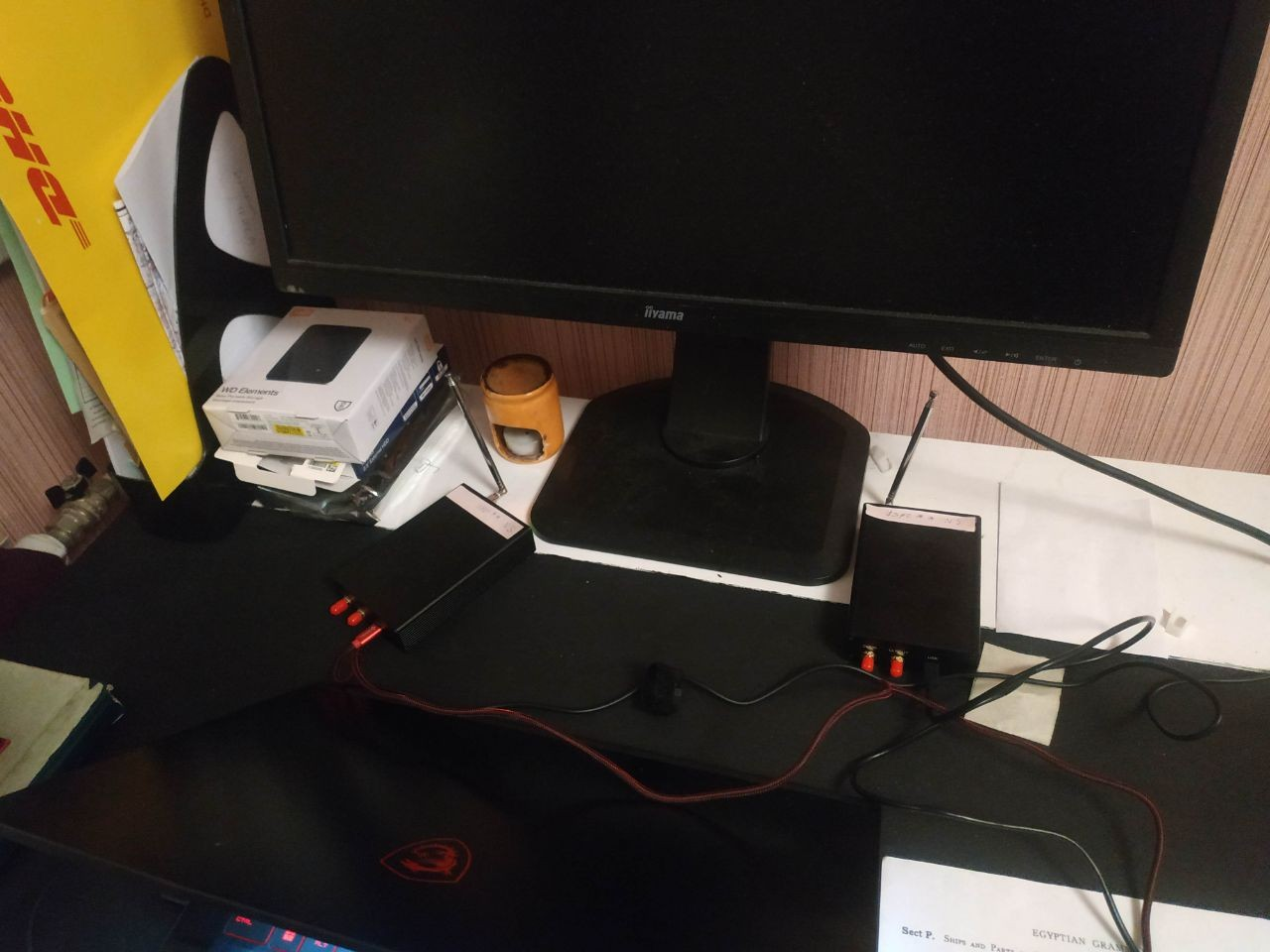
In this post I'll share my experience in adjustment of WiFi physical channel. The channel was implemented on a software defined radio (SDR) platform. WiFi looks like a very complicated thing standardized over hundreds of pages. Could a non-expert with a PC and a couple of 100$ devices (HackRFs) somehow improve it? Here I try to develop a WiFi optimization approach basically agnostic of protocol implementation details. There's some math and Python programming in it.
There is a task to develop a solution that allows:
- Access control to web applications via #oidc/#saml
- Access control to vanilla #Kubernetes
- SSH access control to bare-metal hosts - using SSH certificate technology if possible
- Authorizing users to other server applications such as #Vault, #PostgreSQL, #Kafka, #ClickHouse, #MongoDB
- Being able to connect users from third-party organizations to certain resources based on group membership, etc
- Ensuring that everything described above works, including the bare metal environment

TL;DR: All AI-based noise cancellations suck, only the physical cancellation technique works! And physical cancellation is implemented well only in Jabra devices yet, but other features suck them! All Bluetooth headsets suck too! So, no solution yet, just complaints!
The environment: I work in a pretty talky office room, where sit around 10 people, and all of them have many online conferences every day, including me. So, silence in the room is a rare situation.
The problem: The main problem is that most of the microphones pick up all side talk pretty loud, which makes it very unpleasant for other people to listen to my voice in meetings!

In this article, I will introduce NoSQL concepts and show how they are related to Elasticsearch, and we will consider this search engine as a NoSQL document store.

Now that 2022 has come to an end, we would like to share the DDoS attack mitigation and BGP incident statistics for the fourth quarter of the year, which overall saw unprecedented levels of DDoS attack activity across all business sectors.
In 2022, DDoS attacks increased by 73.09% compared to 2021.
Let's take a closer look at the Q4 2022 data.

Video recording of our webinar about dstack and reproducible ML workflows, AVL binary tree operations, Ultralytics YOLOv8, training XGBoost, productionize ML models, introduction to forecasting ensembles, domain expansion of image generators, Muse, X-Decoder, Box2Mask, RoDynRF, AgileAvatar and more.
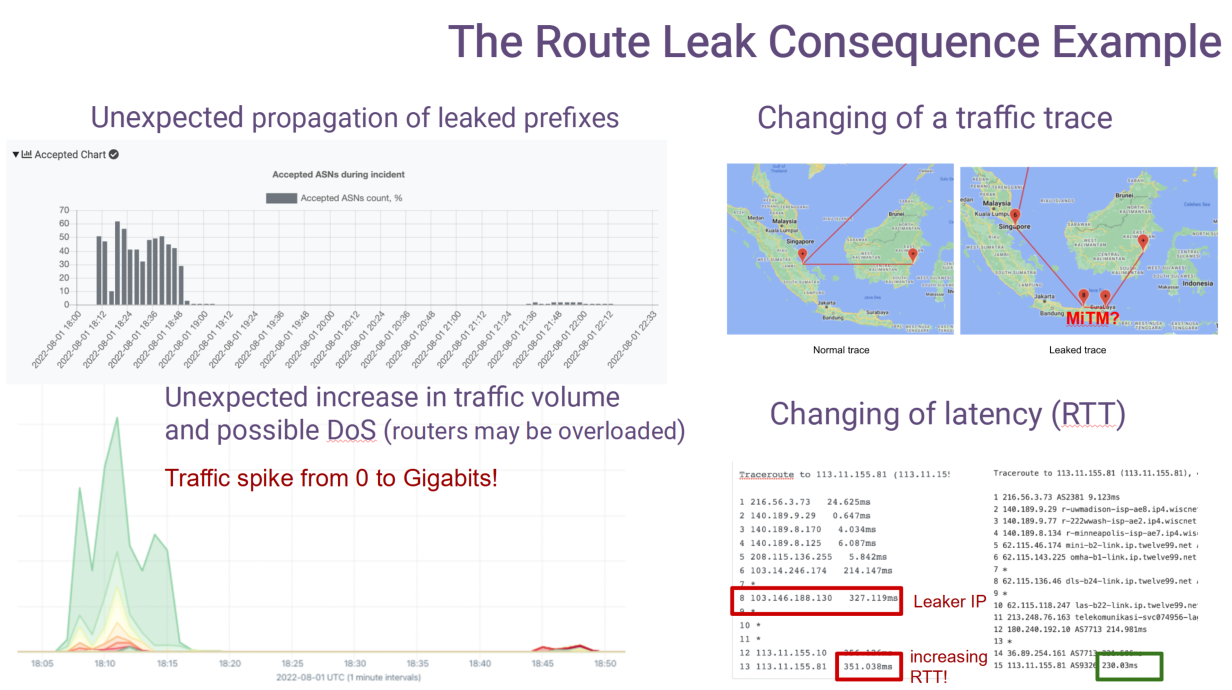
All the credit is due to the RFC’s authors: A. Azimov (Qrator Labs & Yandex), E. Bogomazov (Qrator Labs), R. Bush (IIJ & Arrcus), K. Patel (Arrcus), K. Sriram.
A BGP route leak is an unintentional propagation of BGP prefixes beyond the intended scope that could result in a redirection of traffic through an unintended path that may enable eavesdropping or traffic analysis, and may or may not result in an overload or complete drop (black hole) of the traffic. Route leaks can be accidental or malicious but most often arise from accidental misconfigurations.

Once every true-linux engineer gets a trouble: there is no any software in his distro or it's built without needed options. I am keen on the phrase: "Only source control gives you freedom".
Of course, you can build this software on your computer without any src-packages, directly (with simplification: configure, make, make install). But it's a non-reproducible solution, also hard for distribution.
The better way is to make distro-aligned package that can be built if needed and that produces lightly distributed binary-packages. It's about debian-source packages(debian,ubuntu,etc), pkgbuild (for arch), ebuild for gentoo, src-rpm for red hat-based, and many others.
I will use cri-o like a specimen.
Before reading the text below I strongly recommend to get familiarized with the official Debian policy manual placed here and debhelper manpage.
Also you will be required to setup some variables like DEBMAIL and DEBFULLNAME for proper data in changelog and other places.